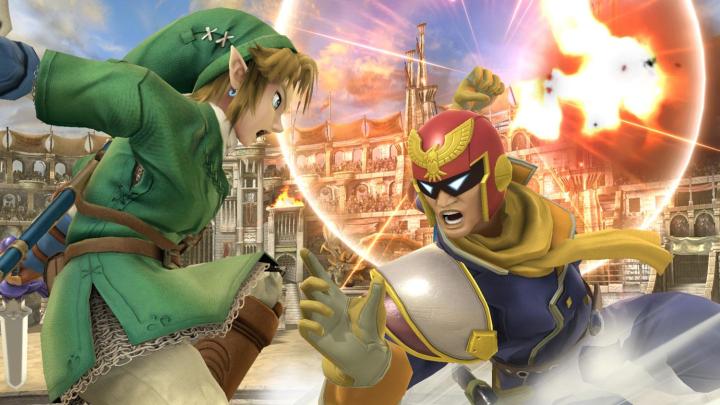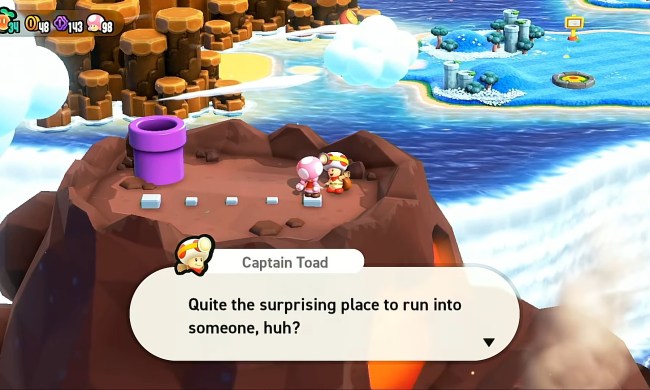
Super Smash Bros. has always been two games in one: a zany, accessible brawler that is easy to pick up and enjoy for casual fans, and a brutally precise eSport. Melee, the Gamecube iteration, was considered by hardcore fans to be the best tuned entry in the series for the latter kind of play, and so it has maintained a thriving tournament scene in the decade-plus since its release. Smith charted the power rankings of every character in the game in tournaments from 2002 to 2014, and was impressed to discover how dynamic it was over such an extended period.

Characters like Fox and Marth remained consistently on top, but figuring out some combatants, like Jigglypuff, Captain Falcon, and Ice Climbers took the community much longer. Jigglypuff’s ascent from 17th up to a peak of 3rd for a number of years is the most dramatic rise. Ice Climbers and Donkey Kong were sleepers, experiencing rapid rises up the ranks only after years of people playing. Zelda and Mario, on the other hand, tanked dramatically in the rankings over time as players moved on to more jiggly pastures.
Smith contends that it is the game’s imbalanced design that has given it such a long lifespan. As a disc-based game, Melee received virtually no updates. Reprintings provided a few bug fixes, but the game’s overall balance was left untouched. This stands in stark contrast to contemporary releases, particularly those geared towards serious competition like League of Legends. Patchable games are now constantly fiddled with and fine-tuned to create perfect balance and keep the metagame in check.
“I think a large part of what enables this depth to be found in Smash Brothers is that the game isn’t balanced. It’s not a small roster of perfectly tuned characters. It’s a big game with lots of characters that creates a huge and unexplored problem space. It’s up to the players to explore the nooks and crannies and see what treasures they can find. I find that incredibly exciting and compelling.”
You can read the whole essay over on Smith’s blog in preparation for entering the next chapter in Nintendo’s fan fiction crossover brawler, which just came out today for Wii U.


